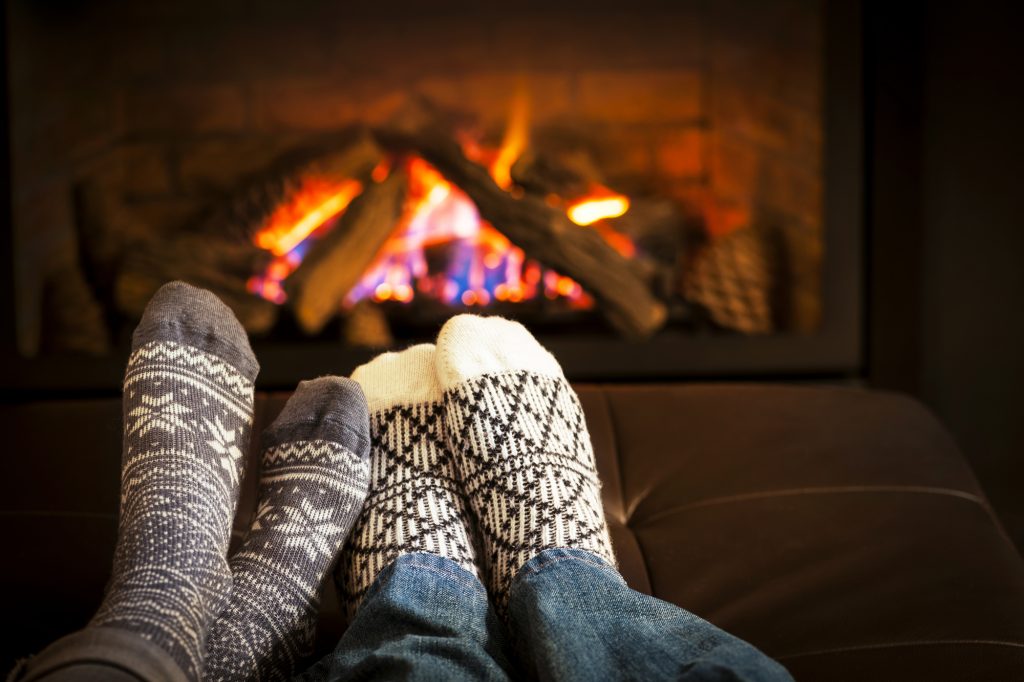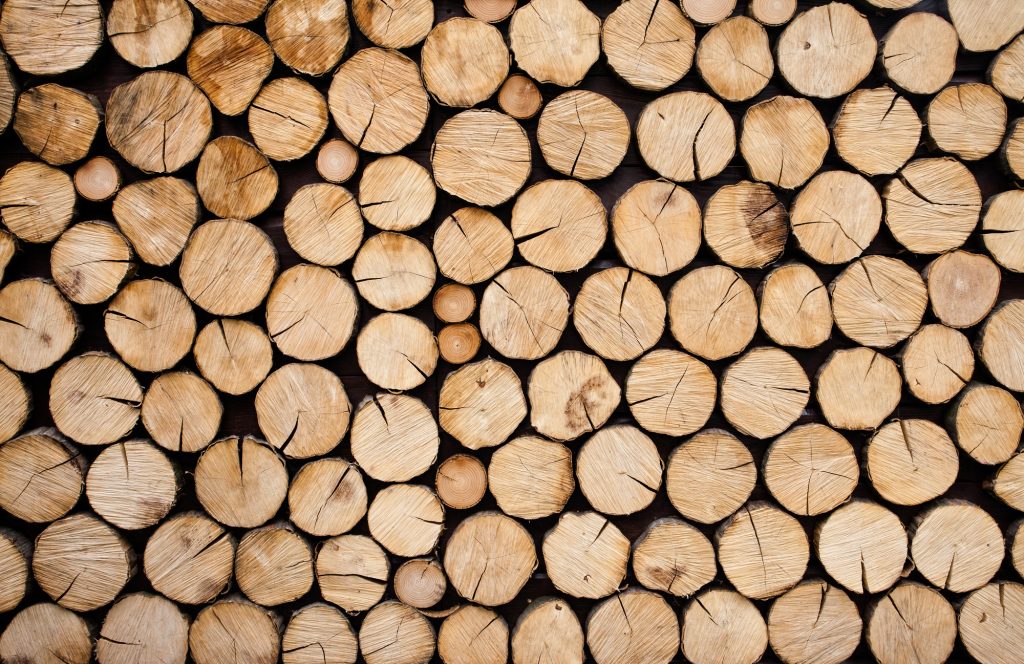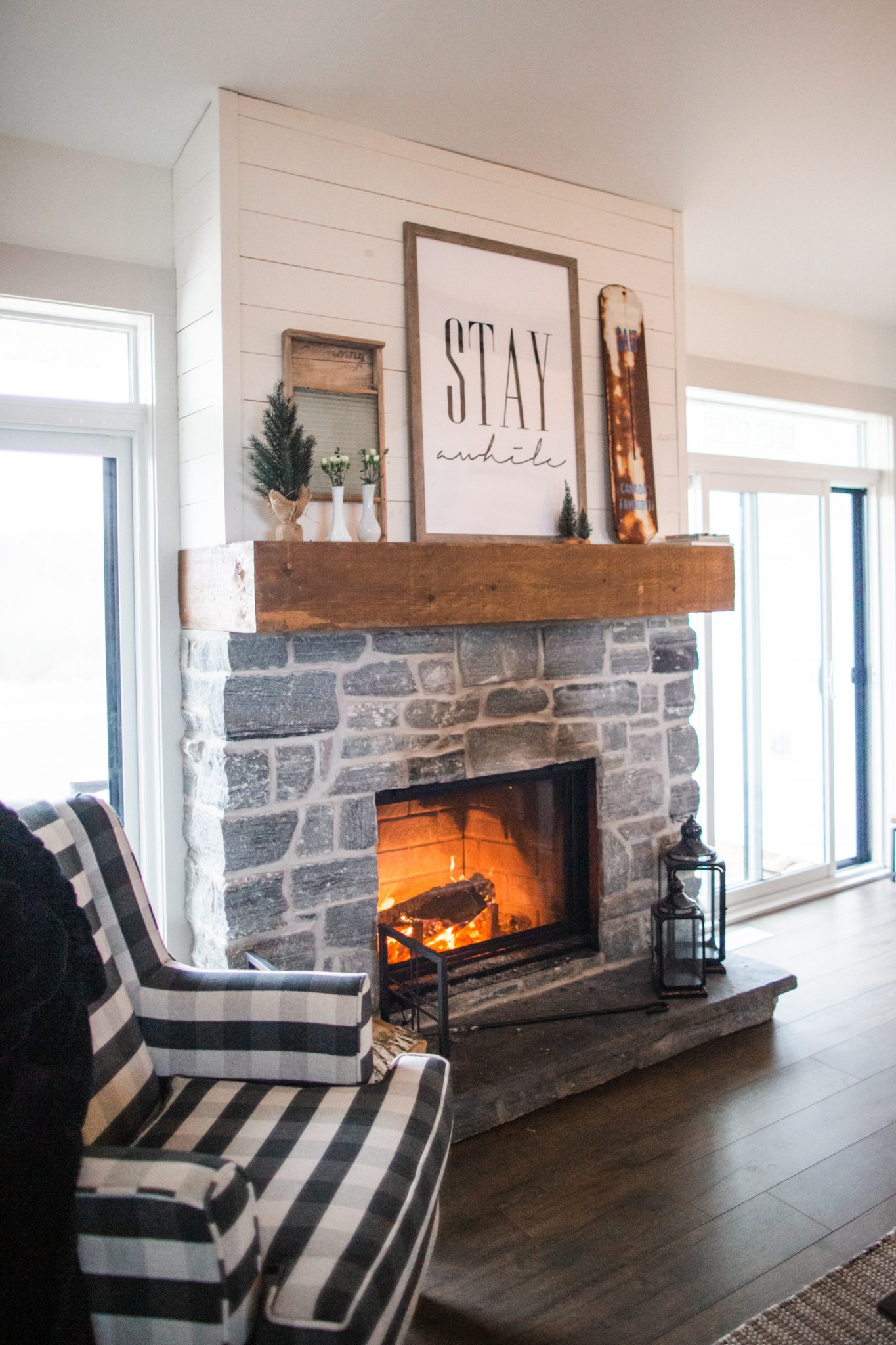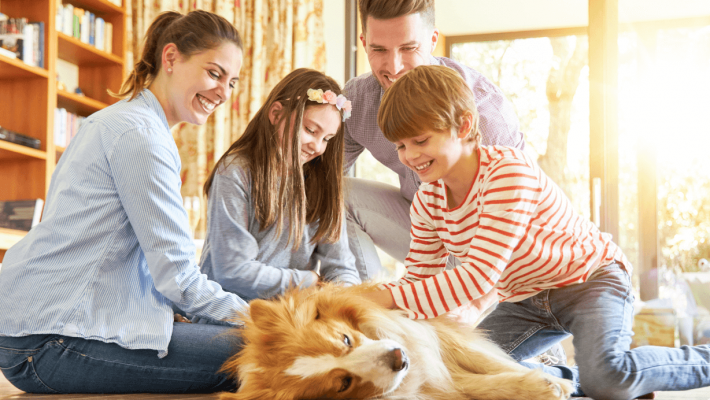Regardless if a fireplace is being used for heat or ambiance or both, the most important safety issue to always remember is having a fire inside your home is NOT safe. Therefore, it is imperative to take all safety precautions possible to keep your loved ones from experiencing a chimney fire or house fire. Both are devastating and can be avoided. With proper installation, usage and maintenance, a fireplace can have many benefits to you and your home. So, what can a homeowner do to help prevent a chimney and/or house fire?



First and foremost, have a CSIA (Chimney Safety Institute of America) certified chimney sweep install your fireplace system. If it is a gas fireplace, make sure the certified chimney sweep is also NFI (National Fireplace Institute) certified. To find these certified technicians, visit csia.org. Fireplaces are diverse. Each one is built for a specific fuel burning capacity and have requirements and codes that must be met to contain the fire. Also, each fireplace has specific flue system engineered to vent the toxins created by the fuel you are burning. Your installer should be aware of and follow the NFPA (National Fire Protection Association) 211 guidelines as well as the IRC (International Residential Codes). Prior to installing a new fireplace and chimney system, do your research. Some of the basic information to get started; know where you would like the system to be in the home, what kind of fuel you would like to burn (wood or gas) and if you are looking for a system that delivers heat or ambiance or both. The basic choices are; masonry, factory built, stoves and inserts. Hire a certified technician to go over your choices and what will work best for you and your home.
For an existing fireplace, make sure you are familiar with your system and how to operate it. Always have a certified technician inspect your fireplace system before using it. Only 3 types of fuel should be used in any given fireplace system; natural gas, propane or wood. If you are burning wood, make sure the wood is hard wood, well-seasoned and dry (no more than 15%-20% moisture content). Also, when burning wood, make sure to heat up the flue before burning a fire. This will help the smoke and toxins to go up and out of your chimney. You can do this by starting a small fire with kindling or a fire starter before building a full fire. If you are using natural gas or propane, make sure you do not have any gas leaks. Carbon Monoxide detectors should be used in all home with fireplace system. You should never burn new papers, wrapping paper or trash in a fireplace system. Be aware of any combustible or flammable items near the fireplace as they can catch fire. During the holidays, make sure all holiday décor and flammable items are at a safe distance from the fireplace.



Fireplaces and chimneys require maintenance. The fireplace and flue can develop gaps and cracks due to usage and weather. Gaps and cracks in your fireplace and flue can cause toxins (products of combustion) to escape the system into the living area of the home. While there are many variables that cause soot and creosote build up inside your flue, all flue systems will develop a build up that will need to be cleaned/swept out to help prevent a chimney fire. The chimney or chase that contains the flue system should be inspected to make sure it is a solid structure and meets height requirements. These height requirements can help with venting the products of combustion as well as deter ash from landing on the roof causing a potential fire. Other concerns with the chimney or chase are water leakage and animals. Water can penetrate through bricks, holes in the chase and crown or other damaged areas. Water can cause damage to the entire system once it has penetrated the chimney or chase. Animals can often be found (dead or alive) in the flue system or chase. Make sure the flue and chimney or chase are covered properly.
Owning a home with a fireplace can be a great asset. It is important to use and maintain the system properly. If you own a home with a fireplace system, be sure to have a certified technician install, instruct you on the usage and maintain your system.
This article is an overview and does not cover all installation, usage, maintenance and safety issues.
Article By: Kathleen Wilensky, CSIA Certified Chimney Sweep CSIA #9529 | 317-442-8440 | https://www.thecinderbox.net |





